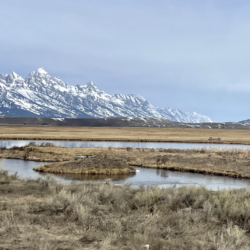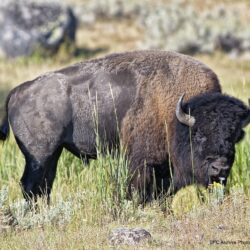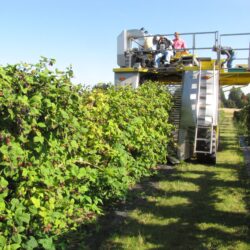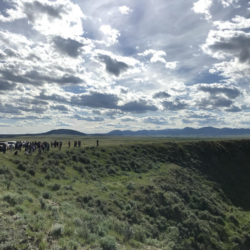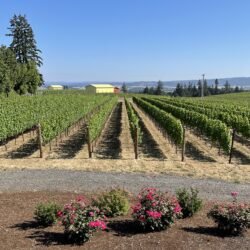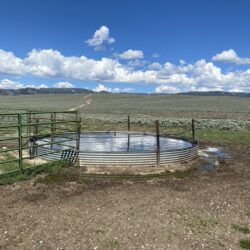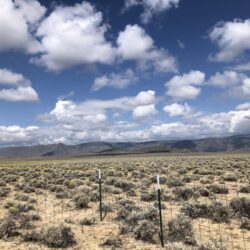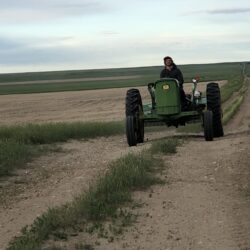The New Frontier: Carbon or Conservation?—Raffa Sindoni
The rapidly expanding carbon-offsetting market casts a shadow across Western conservation movements. Although carbon markets are praised by some as a leading climate change solution, the morality and efficacy of this free-market phenomenon is hotly debated by academics, Indigenous activists, corporate titans, and environmentalists across the spectrum. So, what exactly is carbon-offsetting and how does Read more about The New Frontier: Carbon or Conservation?—Raffa Sindoni[…]

